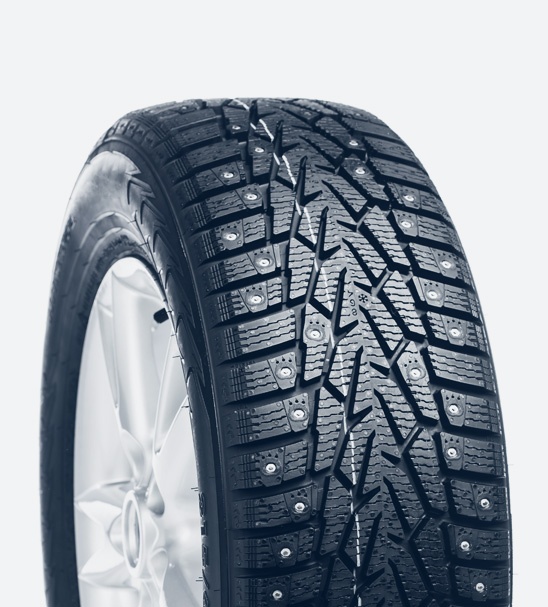plug washer replacement
How to Replace a Plug Washer A Step-by-Step Guide
The constant drip of a faucet can be a source of frustration in any household. Often, this issue stems from a worn or damaged plug washer. Replacing a plug washer is a straightforward task that can often be done with minimal tools and effort. In this article, we’ll walk you through the process of replacing a plug washer, ensuring that your faucet functions properly and saving you the cost of calling a plumber.
Understanding the Plug Washer
A plug washer, typically made from rubber or a similar elastic material, serves as a seal within the faucet. Over time, exposure to water and general wear and tear can cause it to degrade, leading to leaks. Identifying that your plug washer needs replacement is usually evident from leaks or dripping when the faucet is turned off.
Tools and Materials Needed
Before starting the replacement, gather the necessary tools and materials
- Flathead screwdriver - Phillips screwdriver - Adjustable wrench - Replacement plug washer (ensure it matches the size of the existing one) - Towels or cloths (to catch any water spills) - Plumbing grease (optional, for better sealing)
Step-by-Step Replacement Process
1. Turn Off the Water Supply Locate the water shut-off valves under your sink and turn them clockwise to stop the water flow. If you cannot find them, it may be necessary to turn off the main water supply to your home.
2. Drain the Faucet Open the faucet to release any remaining water in the pipes. This helps to minimize spills when you remove the faucet components.
plug washer replacement

3. Remove the Faucet Handle Depending on the type of faucet you have, you might need to remove decorative caps to access the screws. Use a Phillips screwdriver to remove the screws holding the handle in place, then gently pull the handle off.
4. Take Out the Packing Nut Underneath the handle, you’ll find the packing nut. Use an adjustable wrench to loosen and remove the packing nut. Be careful not to scratch the finish of the faucet as you work.
5. Remove the Plug Assembly Now you can pull out the plug assembly where the washer is located. Inspect the assembly and note how everything is arranged, as you’ll want to replicate this when you put it back together.
6. Replace the Washer Remove the old plug washer from the plug assembly. Clean any debris or mineral buildup from the area where the washer sits. Then, take your replacement washer and fit it onto the assembly. Ensure that it is seated properly.
7. Reassemble the Faucet Reinsert the plug assembly into the faucet and tighten the packing nut securely with the adjustable wrench. Be cautious not to overtighten, as this can cause damage.
8. Reattach the Handle Place the handle back onto the faucet and secure it with the screws you removed earlier. If there were decorative caps, replace those as well.
9. Turn the Water Supply Back On Slowly turn the water supply back on and check for any leaks. Test the faucet to ensure it is functioning properly and that there are no persistent drips.
10. Final Check Wipe down any water that may have spilled during the process, and give your faucet a final check for leaks after a few minutes of use.
Conclusion
Replacing a plug washer is a simple yet effective repair that can save you from the annoyance of a dripping faucet. Not only does it help conserve water, but it can also improve the lifespan of your faucet. With just a few tools and steps, you can achieve professional results right in your own kitchen or bathroom. If you find that the problem persists, it may be time to consult with a plumbing professional to explore further issues with your fixtures.
-
Understanding the Front Main Engine Seal: Purpose, Maintenance, and Installation
News Jul.29,2025
-
Understanding O-Rings and Seal Rings: Types, Applications, and Custom Solutions
News Jul.29,2025
-
Understanding Crankshaft Oil Seals: Rear Seals, Pulley Seals, and Their Role in Engine Integrity
News Jul.29,2025
-
The Importance of Front and Rear Crankshaft Seals in Engine Performance and Oil Management
News Jul.29,2025
-
Crank Oil Seals: Functions, Types, and Cost Considerations in Engine Maintenance
News Jul.29,2025
-
A Comprehensive Guide to O-Rings and Seals: Types, Materials, and Global Applications
News Jul.29,2025
-
Mastering Diesel and Performance Engine Maintenance: A Guide to Critical Oil Gaskets
News Jul.28,2025
Products categories















